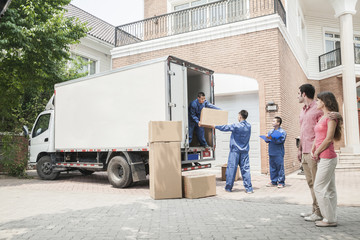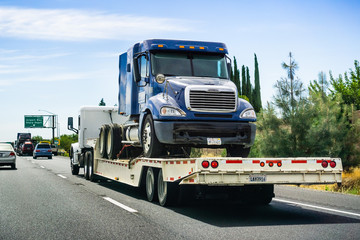Kriss Towing is a process that involves coupling two objects together. The towing source may be a motorized land vehicle, a vessel, or even a person. The load is anything that can be pulled by the towing source. Here are some tips to help you tow safely and efficiently. Also, read on to learn about the cost of towing.
Low-resistance tires improve gas efficiency by reducing rolling resistance, which can reduce fuel consumption by as much as ten percent. Low-resistance tires also last longer and can be retreaded more easily. Although this type of tire is ideal for long-haul applications, it may not be appropriate for on-road use.
To improve gas mileage when towing, consider purchasing tires with low rolling resistance. These types of tires have stiffer sidewalls that are designed to generate less heat, which translates into better fuel efficiency. A good set of low-resistance tires will improve gas mileage by as much as two to three percent.
When it comes to deciding between low-resistance and non-low-rolling resistance tires for your fleet, it is important to track your fleet’s fuel economy. These tires will provide better gas mileage, but they have additional maintenance costs. To offset these additional costs, you may want to invest in an in-house tire technician to perform routine maintenance on your tires.
Proper tire inflation is essential to maximize tire life and improve gas mileage. Properly inflated tires can reduce rolling resistance by up to 12.5%. Proper tire inflation can also increase the life of tires. If the tires are not properly inflated, the increased rolling resistance can negate any gas mileage benefits.
In addition to improving fuel economy, low rolling resistance tires are also environmentally friendly. They reduce the carbon footprint of large vehicles and help meet the requirements of the eco-label program. Continental found that 53% of fleet companies regularly exceed their fuel budgets, so installing low rolling resistance tires will help reduce these expenses.
Low-resistance tires are the best option for towing heavy objects. When choosing low-resistance tires, keep in mind that proper tire inflation is more important than proper tire pressure. Proper inflation also reduces the amount of energy the tires need to exert to maintain the vehicle.
Low-resistance tires can help you tow more safely and save on fuel. When choosing tires, consider the vehicle you’re towing. For example, a commercial van will need a more durable tire than a light truck. It’s important to choose a tire that matches the size and weight of your vehicle, as well as the type of load it’s hauling. Tires should also be properly inflated. You should check them daily to ensure they’re in good condition. If they’re worn out, you should replace them.
Low-resistance tires are also more fuel-efficient than conventional tires. Research conducted by the Department of Energy shows that low-rolling-resistance tires can save drivers up to 3% in fuel. This adds up to significant savings.
Low-resistance tires are a good option for drivers of heavier vehicles. They are designed to handle large loads, and they are often more durable and offer better high-speed stability. LT tires are generally the best choice for towing because they provide a safe driving experience and high-speed stability.
Low-resistance truck tires can also improve fuel economy. However, there are a few tradeoffs. Learn more about the pros and cons of low-rolling-resistance tires and decide which one is best for your situation. You’ll be glad you made the decision.It is widely considered one of the best highway tires on the market. It beats its nearest competitors in virtually every category, including towing.



